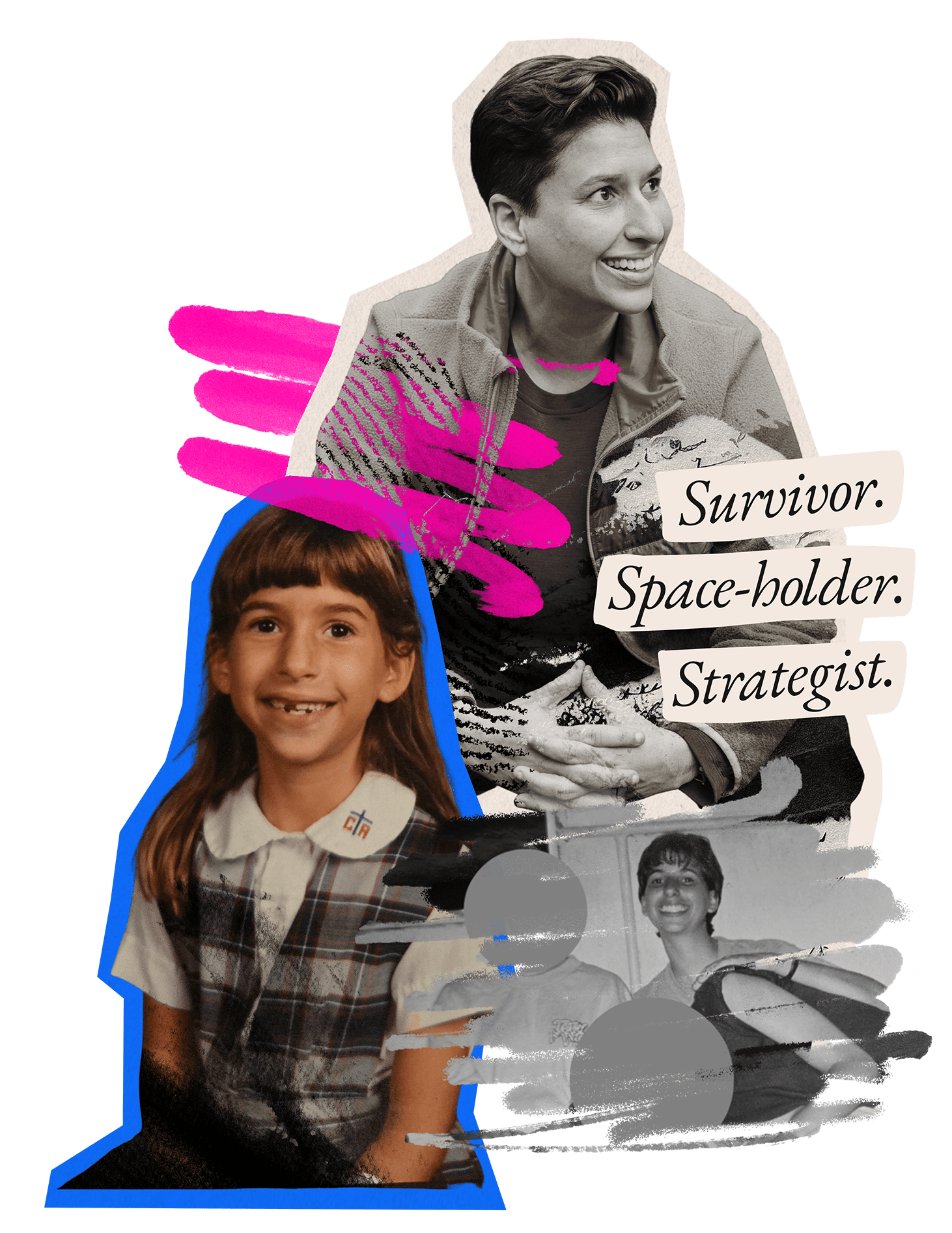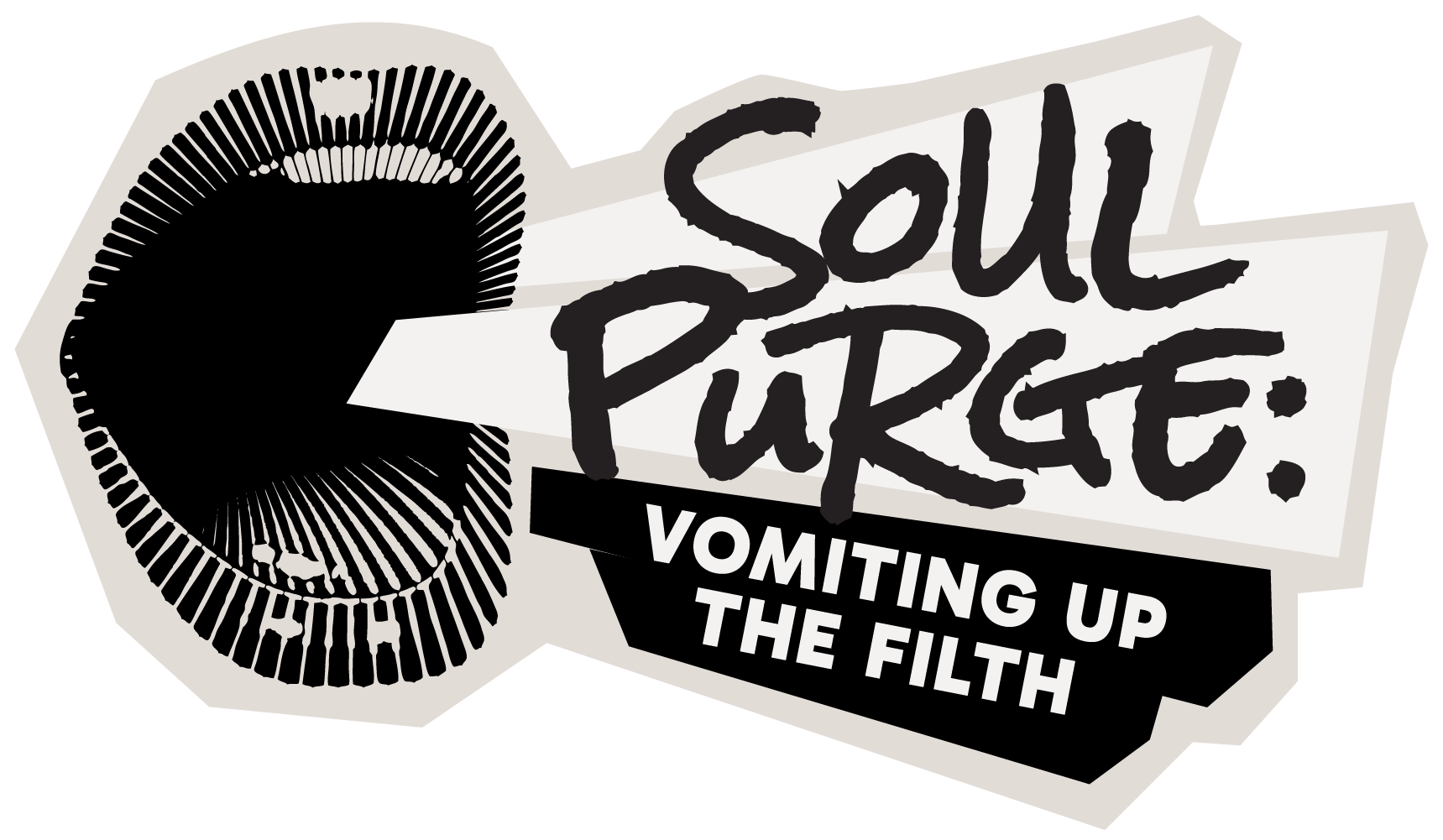Christian Parenting Thwarts Secure Attachment

Hey! I'm Mica
Mica is a survivor, space-holder, and strategist exposing the psychological weapons behind Evangelical Christianity’s hostile takeover of America.
Learn more

Get FREE Access to Week 1!
Ready to reclaim your soul and discover your truest self?
Subscribe to my Newsletter
Get curated and distilled insights straight to your inbox
Find a specific post
Secure Attachment is the Foundation for Long Term Well Being
Babies are completely dependent on their caregivers so when attachment is lost or disrupted, they experience it as threat to their survival. The primary task of the first year of life is attachment and social learning through serve and return interactions with caregivers. However, frightening, neglectful or threatening behaviors disrupt a child’s ability to securely attach1.
Babies use their experiences with caregivers to determine if they are lovable and valuable.
Mirroring (Early Resonance): The process in infancy where a child looks into the caregiver’s face and sees a loving, joyful, and attuned reflection of themselves, which is crucial for the development of a sense of self, value, and agency. A failure of mirroring is central to emotional neglect.
Just like working out at the gym builds muscles fibers and increased capacity, repeated experiences during the critical brain developmental periods create neural pathways and expectations that build social and emotional behaviors. Thus, experiences in the first year of life become the social template for all future relationships, whether positive or negative.
What kinds of experiences does a new brain need?
“Holding, gazing, smiling, kissing, singing, and laughing all cause specific neurochemical activities in the brain. These neurochemical activities lead to normal organization of brain systems that are responsible for attachment2.
The reverse is also true. Screaming, threatening, scaring, hitting, beating, blaming, and shaming bathes a child’s system in stress hormones. When repeated or chronic, this begins a cascade of neurobiological events with potential to cause vast and long lasting changes in brain development – substantial enough you can see them on an MRI and other brain scan technology.
“When caregivers react with harsh and punitive or withdrawn and disengaged behaviors, infant self-soothing and flexible control of attention and arousal are diminished3.
When the attachment is secure, the child knows that the caregiver will care for and support them, allowing the child to explore their environment safely. This occurs when the caregiver is consistent, nurturing, and responsive. The positive interactions and explorations that come with secure attachment promote healthy brain development, social and emotional development, and self-regulation.
https://www.youtube.com/embed/IEErr-qB6S4?list=FLf4ZUgIXyxRcUNLuhimA5mAEnvironmental impacts outside a parent’s control can also affect attachment. When babies experience pain, pervasive threat or a chaotic environment they will have a difficult time participating even with a supportive caregiver.
When children experience repeated or cumulative traumas, it negatively effects brain development by reducing gray matter and white matter volumes as well as connectivity across brain regions. If not mitigated by buffering factors, this brain damage can ultimately lead to long term pathology or dysfunction.4
Summary
Christian parents who are misled into frightening or threatening their child from an early age significantly damage their child’s ability to feel loved, safe and secure. Even spanking done “correctly” (for discipline and not out of anger) activates a child’s fight/flight/freeze/fawn stress response and leads to long term alterations in brain development.5
When the caregiver who ensures survival becomes a source of violent threat, the overwhelming trauma of that experience fragments a developing mind and introduces structural disassociation unless mitigating experiences and buffer relationships materialize6.
The good news is that brain damage is not permanent. Neuroplasticity can be induced even in adulthood. New experiences and new relationships can create new neural networks and patterns. A history of abuse in individuals with altered brain development is frequently reported even in resilient individuals without any symptoms of psychopathology. The brain can be buffered from damage by external factors (like supportive adults or peer groups) or internal factors like genetic, neurobiological or medical alterations that enable people to effectively compensate for stress-related neurobiological alterations. Parenting related brain damage is not automatically descriptive or permanent.
We are not doomed by our past – whether as parents or children. We can choose to begin creating new patterns that integrate our rejected and repressed parts, reclaiming our lost selves one day at at a time.
Footnotes:
-
-
https://pmc.ncbi.nlm.nih.gov/articles/PMC6497769/#ref11
- https://www.bbbgeorgia.org/caregivers-role ↩︎
- https://pmc.ncbi.nlm.nih.gov/articles/PMC4422221/ https://learning.nspcc.org.uk/child-health-development/attachment-early-years
- https://www.micaringo.com/child-abuse-causes-brain-damage/ ↩︎
- https://www.micaringo.com/why-spanking-should-be-a-crime/ ↩︎
- https://www.micaringo.com/breaking-the-will-is-disassociation-from-self/ ↩︎
-
